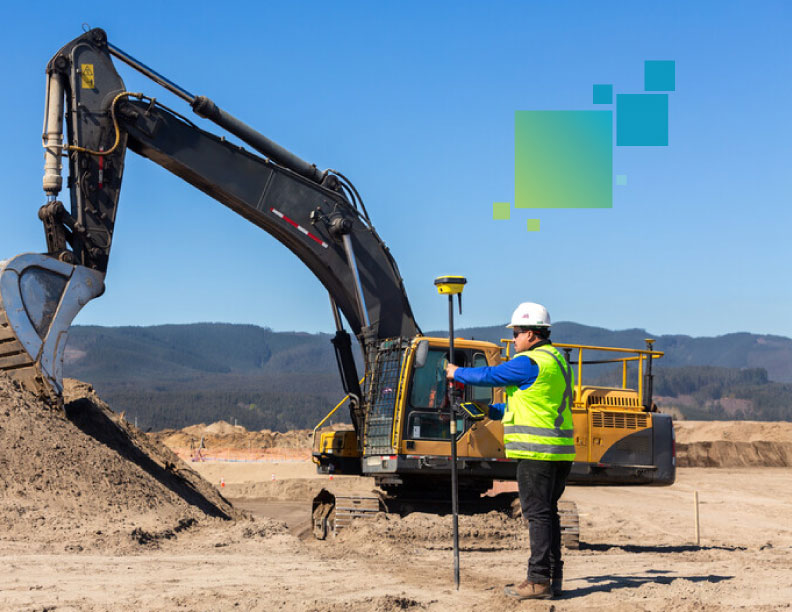Survey Base and Rover System: Precision and Efficiency in Land Surveying
The survey base and rover system is a pivotal technology in geospatial surveying. It represents a significant advancement over traditional surveying methods, combining Global Navigation Satellite System (GNSS) technology with real-time kinematic (RTK) positioning to provide highly accurate, efficient, and versatile surveying solutions.
Fundamentals of Base and Rover System
This system comprises two main components: the base station and the rover. The base station is a fixed reference point that continuously collects satellite data, while the rover is a mobile unit used by surveyors across the survey area.

Key Components
- Base Station: This stationary unit gathers GNSS signals as a reference point. It calculates corrections based on its known location and the satellite data it receives.
- Rover: A portable unit that communicates with the base station. It uses the correction data from the base station to determine its position accurately in real time.
- GNSS Receivers: Both the base and the rover are equipped with GNSS receivers to access data from satellite constellations like GPS, GLONASS, or Galileo.
Advantages
- High Accuracy: Provides centimetre-level precision in positioning, which is crucial for surveying and construction projects.
- Real-time Data Processing: Allows for immediate calculations and adjustments in the field, enhancing efficiency.
- Flexibility and Mobility: The rover can move freely across the survey area, making it ideal for large or complex sites.
- Time and Cost Efficiency: Reduces the time required for surveying tasks, lowering overall project costs.
- Versatility: Applicable in various fields such as construction, agriculture, mining, and environmental studies.
Applications
- Land Surveying: For boundary surveys, topographic mapping, and property layouts.
- Construction: In layout, grading, and foundation work where precision is critical.
- Agriculture: For precision farming practices, including field mapping and soil sampling.
- Infrastructure Development: In planning and monitoring of roads, bridges, and urban development projects.
Future Trends
The evolution of the survey base and rover system is expected to embrace:
- Integration with UAV Technology: Combining drone surveys with ground-based RTK for comprehensive site data.
- Advancements in Satellite Technology: Utilizing more advanced and numerous satellite networks for even greater accuracy.
- Artificial Intelligence (AI): For data analysis and predictive modelling in surveying tasks.
The survey base and rover system has revolutionized land surveying, offering unparalleled accuracy, efficiency, and versatility. As technology continues to advance, this system is expected to become even more integral to various fields requiring precise geospatial data. It stands as a testament to the remarkable progress in surveying technology, paving the way for future innovations in the precise understanding and management of our physical world.
